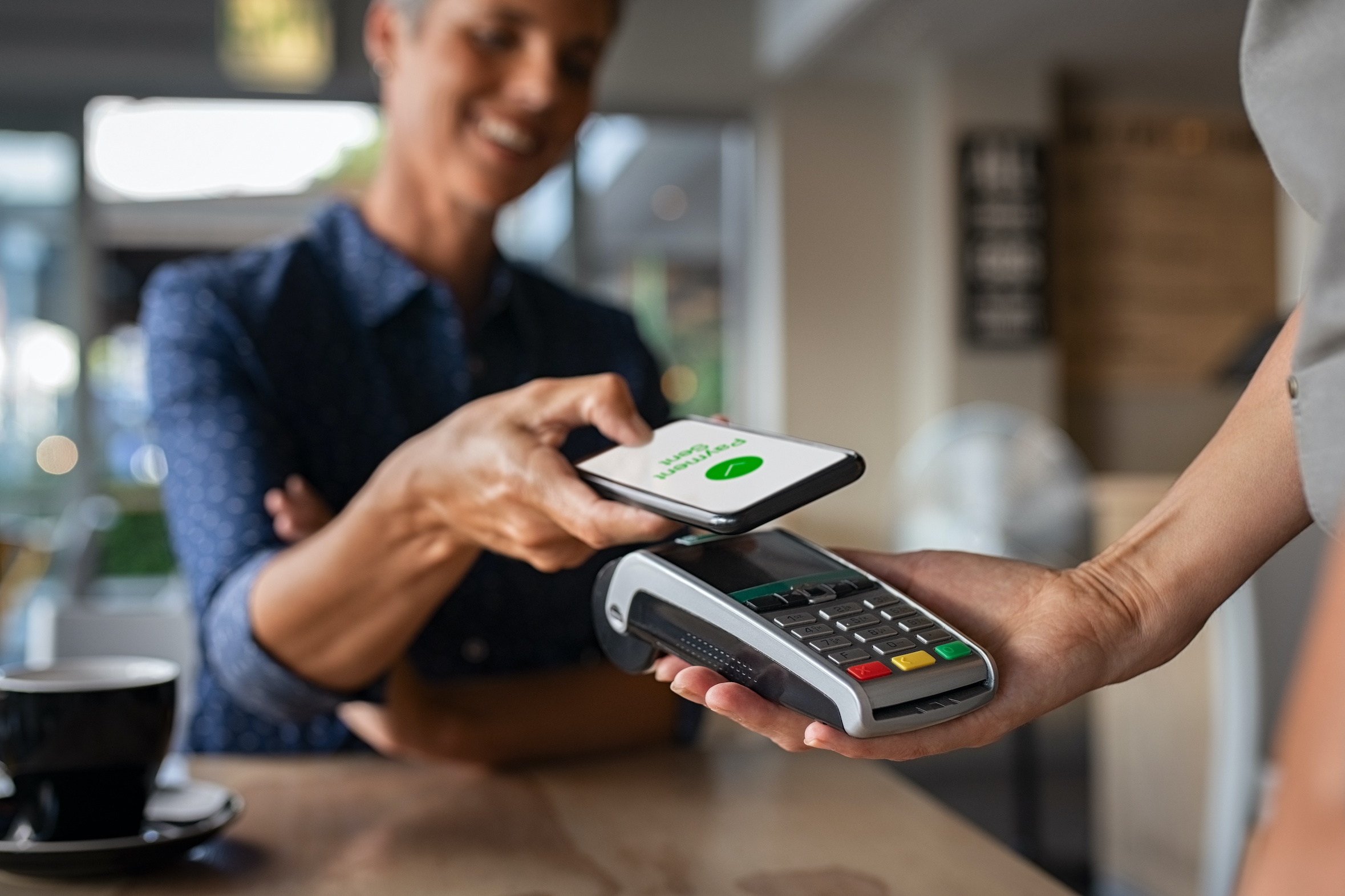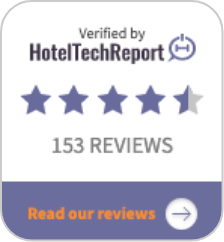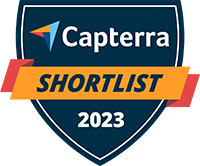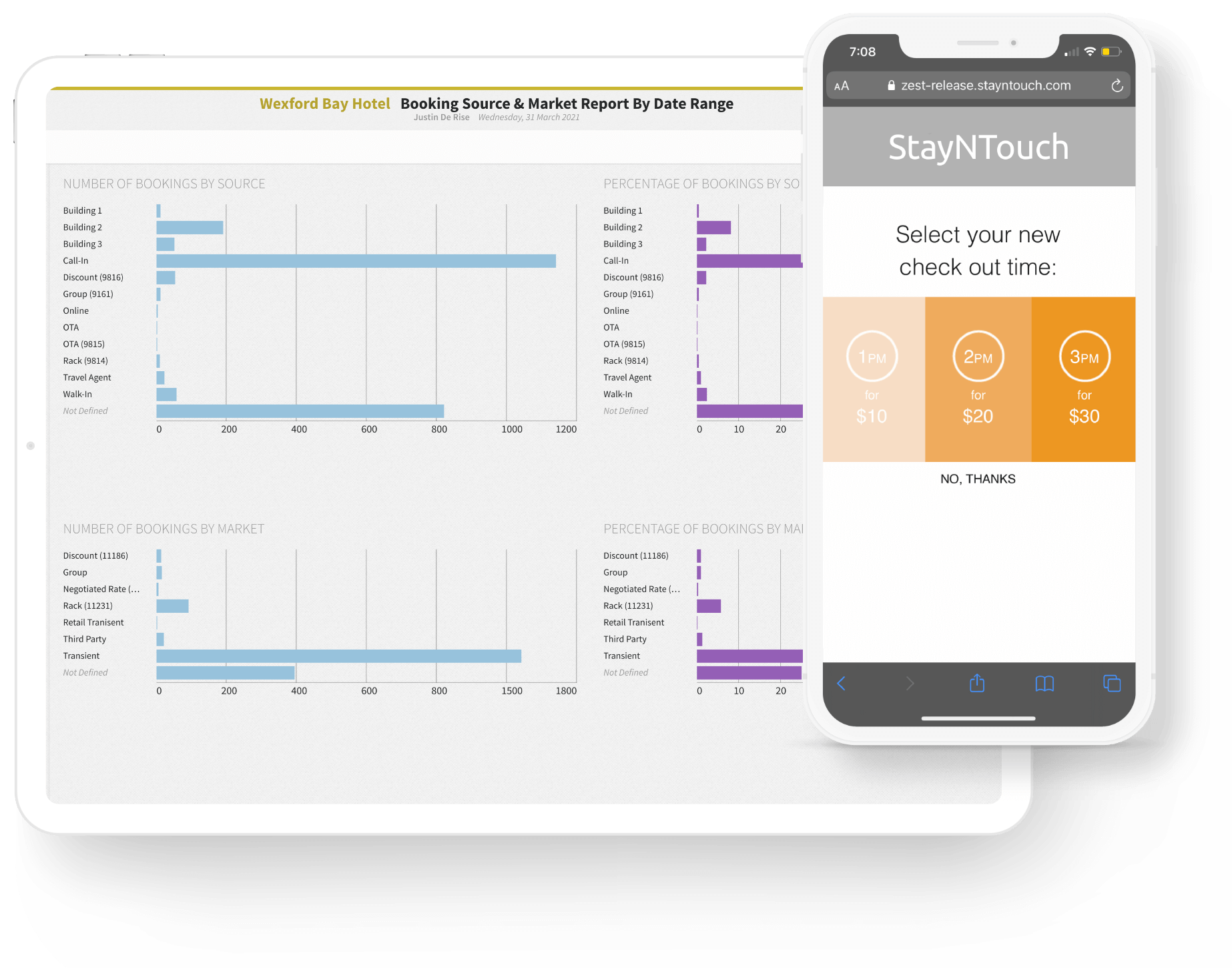When OTAs came on the scene in the 1990s, they were seen as a win-win proposition: While OTAs profited off of commission, hotels were able to use OTAs to sell rooms that would otherwise lay vacant. And then there was the “billboard effect,” where hotels could gain valuable exposure just by appearing on multiple distribution channels.
OTAs also began investing heavily in digital marketing, aiming to engage customers early in the “inspiration” and “planning” phases of the guest journey, and keep them as long-term customers of the OTA, rather than the individual hotels they were staying. The strategy paid off tremendously, with OTAs set to capture 41% of the direct booking market by 2020. OTAs do especially well with Millenials, who value low rates and unique experiences, and are more likely to book a trip on impulse. Not only do 52% of Millennials book their hotels via OTAs, but 39% do not view a hotel loyalty program as being worthwhile.
None of this bodes well for hotels. Not only have OTA commissions increased from 5% to almost 30%, but hotels are often boxed into restrictive rate-parity and last-room availability requirements, and are overshadowed by OTAs in search results. Even worse, when guests book through an OTA, it’s difficult for the hotel to capture their
The result is a commodification of the hospitality industry, where hotels are boxed into “selling-on-rate” rather than selling on their property’s unique value. Needless to say, this is not a situation that benefits hotels. But fear not! There are ways to promote direct bookings and take some of the power away from the OTAs!
Pre-Stay (Inspiration/Planning): Do what works!
OTAs have been able to increase their share of the direct booking market by focusing on engagement during the inspiration and planning phases of the guest journey. Why can’t you do the same?
Google estimates that 82% of leisure travelers are undecided on their accommodations during the “Dreaming” phase of the guest journey. By investing in compelling content marketing, PR, social media, and influencer marketing, you can capture your guests’ imagination 一 and hopefully their bookings! 一 before they turn to OTAs.
Here, it’s important to make sure that your content focuses on the unique aspects of your property (location, amenities, self-service tech, etc) that differentiates you from your competitors. Remember, you want to sell based on your property’s value, not only your rate.
Having a series of vibrant, compelling images and video of your hotel is also crucial to conveying the value of your property. As is a content management system that lets you manage assets across multiple channels. According to Google, 54% of leisure travelers said that images of a destination are important when making travel decisions, and 3-in-5 travelers use video to narrow down their decision. And don’t forget to include customer reviews and testimonials with your content 一 The dreaming and planning phases are all about narrowing down options, and 67% of travelers are more likely to book when a brand provides relevant information for their destination.
Pre-Stay (Booking): Be Seamless and be Complete!
Simply put, average hotel website conversion rates are abysmal. Phocuswire estimates that the typical rate is below 2%, meaning that if 100 people get to a typical hotel’s website fewer than two will actually book a room. Why is this number so horrendous?
One reason has to do with a perceived lack of rate parity. In fact, 69% of travelers worry that they’re not finding the best price when they’re about to make a booking decision. Often, In a digital version of showrooming, travelers “check out” what a hotel has to offer on its website, only to turn around and book on the OTA. Hotels can combat this by insuring strict rate parity across all distribution channels, and weaving a Best Rate Guarantee throughout their website and marketing.
Hotel websites also need to be fast and seamless. Google estimates that over half of website visits are abandoned if a site takes longer than three seconds to load.
How long does your check-out cart take to load?
It’s 2019 一 It should go without saying that websites should be mobile-friendly. 94% of leisure travelers switch between devices as they plan to book a trip, with 46% of travelers deciding where to travel on mobile, but physically booking the trip on a desktop. Not only does this give the traveler yet another opportunity to book on an OTA, but switching devices also makes it more difficult for hotels to track an individual across channels and ultimately personalize their stay.
Building a mobile-friendly site means creating page layouts that eliminate unnecessary steps (e.g. one-click functionality, auto-fill forms, and click-to-call buttons), and ensure that all relevant information can fit on a mobile screen. Just like with rates, hotels should strive for information parity between the desktop and mobile versions of their site. After all, only 23% of leisure travelers are confident that they can find all of their relevant trip information on their smartphone, and 88% of them will switch to another site or app if the current site isn’t satisfying their needs.
In the next section, we’ll examine how to increase direct bookings by nurturing guests during their stay, so that they are more likely to join loyalty programs post-stay. Stay Tuned!













